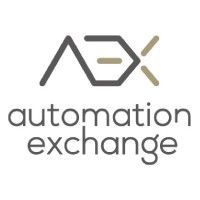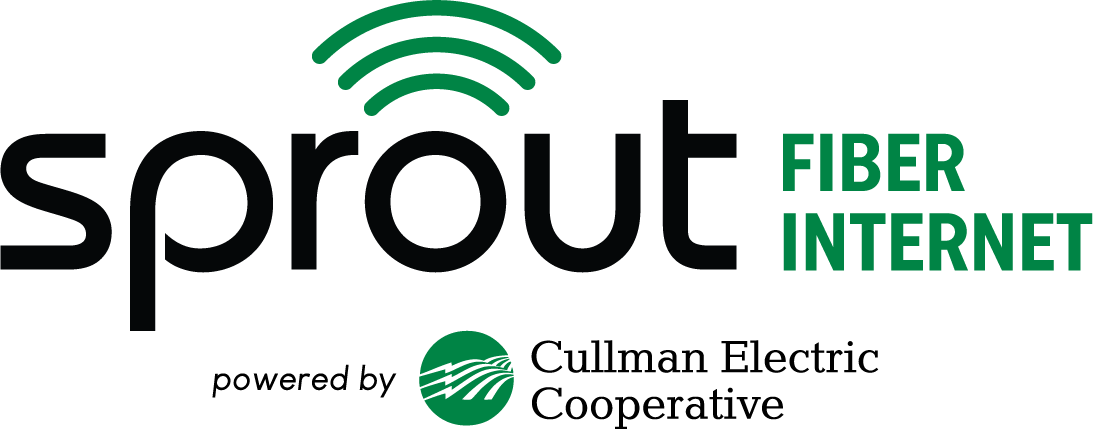Building a Connected Future: The Role of Security in Modernizing Government IT
From Legacy Systems to Leading Technology: Modernizing Government IT for a Digital Future
In today's rapidly evolving digital landscape, the modernization of government IT systems is not just a goal—it's a necessity. Effective IT modernization enables agencies to enhance public service delivery, achieve cost savings, and bolster security measures. Central to this transformation is the adoption of secure development practices, which ensure that as we advance technologically, we do so safely and responsibly.
Secure development practices are at the heart of this transformation, ensuring that modernization efforts not only enhance functionality but also safeguard the sensitive data and critical operations underpinning public services. By embedding security into every phase of IT modernization, government agencies can address vulnerabilities, streamline operations, and build a foundation for a more inclusive digital ecosystem—one that bridges gaps and fosters trust across all communities.

Why IT Modernization is Critical
Government agencies are the backbone of public services, managing sensitive data and providing critical infrastructure to millions of citizens. However, many of these systems rely on outdated technology, leading to inefficiencies, vulnerabilities, and barriers to service accessibility. IT modernization is the bridge that connects legacy systems to the innovative technologies needed to support a digitally inclusive society.
Modernized IT systems do more than enhance operations; they empower citizens. From online tax filing to real-time disaster response updates, accessible and secure government systems help foster trust and participation. This empowerment is especially critical for rural communities, where digital divides can feel insurmountable without concerted modernization efforts.
"Nearly 70% of U.S. government IT decision-makers view security risks as the top barrier when migrating to modern cloud platforms."
Key Components of IT Modernization
- Cloud Migration: Transitioning to cloud platforms offers scalability, flexibility, and cost efficiency. It allows government agencies to respond dynamically to increased demand and ensures the continuity of services during crises.
- Enhanced Cybersecurity: With cyber threats becoming more sophisticated, robust security frameworks are crucial to protecting sensitive government data and citizen information.
- Interoperability: Modernized systems facilitate better communication and data exchange across agencies, reducing redundancies and streamlining workflows.
- Citizen-Centric Design: Updated IT systems prioritize user experience, ensuring that services are accessible and intuitive for all citizens, including those in rural and underserved areas.
The Shared Responsibility Model in Cloud Adoption
The government's push toward cloud adoption has accelerated digital transformation efforts, offering scalability and flexibility. However, it's crucial to understand the shared responsibility model inherent in cloud services. While service providers are responsible for the security of the cloud infrastructure, agencies remain accountable for the data within those systems.
A common pitfall is the "lift and shift" approach, where applications are moved to the cloud without re-architecting them for a cloud-native environment. This method may offer initial benefits but fails to fully leverage the cloud's potential, often leading to suboptimal performance and security vulnerabilities. According to an article by CSIS (full article), in 2022, the government spent over $100 billion on information technology, with more than half of it being spent maintaining legacy systems.
Agencies that embrace cloud-native strategies can leverage tools such as containerization and microservices to enhance scalability, improve resilience, and reduce downtime. These measures contribute to faster and more reliable service delivery, especially in emergencies.
Embracing Secure Development Practices
To truly bridge the digital divide, agencies must integrate secure development practices into their IT modernization strategies. This involves:
- Implementing DevSecOps: By integrating security into every phase of the development process, agencies can identify and address vulnerabilities early, reducing risks and enhancing efficiency.
- Prioritizing Zero Trust Architectures: Adopting a zero-trust approach ensures that every access request is thoroughly vetted, regardless of its origin, thereby strengthening security postures.
- Investing in Workforce Training: Addressing the IT skills gap within the government is essential. Providing continuous training and upskilling opportunities ensures that the workforce is equipped to handle modern IT challenges.
- Engaging Stakeholders: Agencies must involve local governments, private-sector partners, and citizens in co-creating solutions that meet unique regional needs. Inclusive collaboration ensures broader acceptance and effectiveness of IT initiatives.
Consequences of Inaction
Failing to adopt secure development practices in IT modernization efforts can have severe repercussions:
- Increased Security Breaches: Outdated systems are more susceptible to cyberattacks, potentially compromising sensitive citizen data.
- Operational Inefficiencies: Legacy systems often require more resources to maintain, diverting funds from other critical initiatives.
- Erosion of Public Trust: Citizens expect efficient and secure digital interactions with government agencies. Inadequate systems can lead to dissatisfaction and decreased trust in public institutions.
- Economic Disparities: Without modernization, underserved communities risk falling further behind in accessing vital resources such as healthcare, education, and employment opportunities. Bridging this gap is not just about equity—it's an economic imperative.
Facts:
Real-World Impact: A Case Study
Consider a rural community where residents rely on government services for healthcare, education, and employment resources. Without modernized and secure IT systems, these residents may face challenges such as:
- Limited Access to Services: Outdated platforms may not support mobile access, hindering those without traditional computer access.
- Data Vulnerabilities: Insecure systems could expose personal information, leading to identity theft or fraud.
- Inefficient Service Delivery: Delays caused by legacy systems can prevent timely access to essential services, affecting quality of life.
For instance, an initiative in rural Illinois focused on integrating secure digital platforms for telehealth services. By modernizing systems, the state ensured that residents could schedule virtual doctor visits, access prescriptions, and receive health updates securely. Such programs highlight the tangible benefits of IT modernization.
By prioritizing secure development practices, agencies can ensure that all citizens, regardless of location, have reliable and safe access to government services, thereby truly bridging the digital divide.
The Path Forward: Building a Secure Digital Foundation
Agencies must view secure development practices as foundational to IT modernization rather than as an optional add-on. This includes:
Collaborating with Industry Experts: Partnerships with technology leaders can bring valuable expertise and cutting-edge solutions to government IT projects.
- Allocating Dedicated Resources: Adequate funding and staffing are critical to implementing secure development practices effectively.
- Encouraging Public-Private Initiatives: Collaborative efforts between government entities and private sector organizations can accelerate innovation and knowledge sharing.
- Leveraging Metrics for Accountability: Establishing clear performance indicators can help agencies track progress and ensure continuous improvement in modernization efforts.

Securing Tomorrow Today
The journey toward IT modernization in government is complex, but the integration of secure development practices is non-negotiable. By embracing these practices, agencies not only enhance their operational efficiency but also safeguard the trust and security of the citizens they serve.
As technology continues to evolve, government agencies have a responsibility to ensure that their systems keep pace with these advancements. By prioritizing secure development practices, they can close the digital divide, create a more inclusive digital landscape, and build a foundation for a future where technology serves all citizens equally.
Whether it's ensuring that rural families have access to telehealth services or protecting urban centers from cyberattacks, the need for secure and modern IT infrastructure has never been more apparent. By acting decisively, government agencies can lead the way in building a safer, more connected, and equitable society for all.












